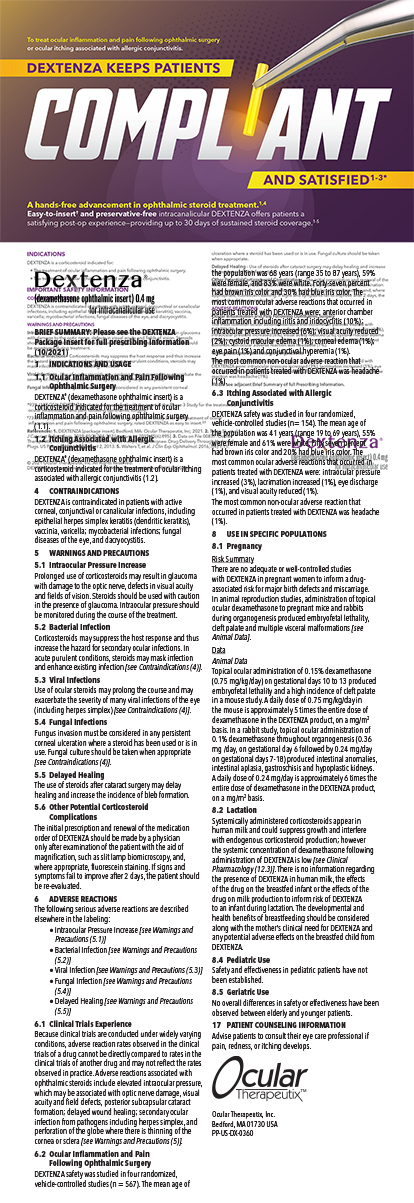On October 17, 2001, Goldman Sachs released a survey of new data regarding LASIK fees nationwide. The data were collected from low volume, medium volume, and high volume surgeons. According to the survey, the average price that surgeons are charging for LASIK in the US is $1,740. The survey also states that the surgeons who enjoy the highest volume are not the lowest priced—actually the opposite is true: a higher percentage of the higher volume surgeons are charging the higher fee. The most common price points are $1,500, $1,800, and $2,000.
The economics of Refractive Surgery
Many surgeons do not correctly consider the economics of refractive surgery. For instance, let's say a physician's LASIK fee is $1,800. His or her costs include the facility and the surgery center, which averages $750 around the country. In addition, refractive surgeons comanage approximately 20% of their patients, conduct marketing, provide free LASIK for their staff and their ODs staff, include their enhancements, and provide financing for the patient. After factoring in those costs, that $1,800 fee becomes a gross gain of $500. Then, consider that the average overhead for a refractive surgery practice is 75%. On top of those costs, refractive surgeons may provide 9 months of follow-up treatment, but are not allowed to charge for enhancements. In comparison, cataract surgeons may charge a fee for using the YAG laser, and even charge for exchanging an IOL if they insert the wrong power. The average cataract surgery costs $1,700 with the facility fee, but yields a gross gain of $717. Obviously, cataract surgery is much more profitable than LASIK surgery.
So, what about the surgeons who are trying to compete with LASIK prices of $1,500 or even $1,200? After incurring the costs of enhancements, marketing, and follow-up, they may be better off working for the discount laser centers at $100 per case. I want to encourage surgeons to look at their numbers and work with their business managers, and find out whether they are really pricing LASIK to make a reasonable profit margin for the quality of service they provide. If a surgeon wanted to make $300,000 per year in their refractive surgery practice charging $1,800, he or she would have to perform 59 cases per week.
Other considerations
Consumers today expect a lot out of their LASIK procedure, such as tear film analysis, a contact lens trial, topography, pachymetry, and even wavefront analysis. Once all of the lasers have wavefront-guided ablation capabilities, the companies are going to want to charge more, and if LASIK is priced too low, there won't be any room in the system. According to the Goldman Sachs survey, physicians expect a large percentage of patients to sign up for custom ablation, which is going to be expensive.
Countering the discounters
Fortunately, there are ways LASIK surgeons can compete with discount providers. Raising their level of service, promoting their experience, and even raising their prices are all effective ways to differentiate themselves from the competition. Data illustrating the per quarter growth of LASIK since the discounters debuted in 2000 show that the volumes of the standard laser companies are all experiencing a downward trend, which means that discounted LASIK has not increased the laser centers' volume. Also, what will be sacrificed if LASIK is priced cheaper? Will these surgeons not buy the best laser? Cut their salaried staff? Reuse blades and not use gloves? Despite the joke, I found a classified ad by a surgery center looking for a LASIK surgeon with “no refractive experience required.”
Fair pricing
Surgeons should base their prices on their costs, and the quality of the service they provide. I am not arguing for overcharging; I simply believe undercharging has hurt the industry with bad business models that confused the market, confused the patients regarding what constitutes reasonable fees, and by making LASIK look like a commodity. What we have learned is that patients do not mind paying for something as important as their eyes—they just do not want to be overcharged.


